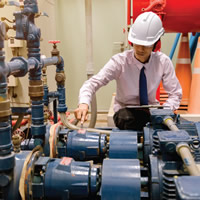
Make sure to check credentials, qualifications of third-party contractors, staff.
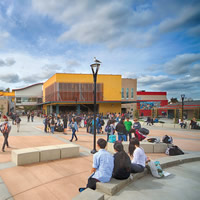
With a little planning, outdoor spaces can be transformed into things of beauty that students want to use.
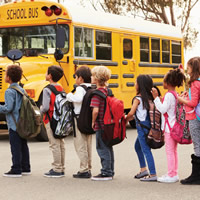
For one elementary school principal, reorganizing the end of the school day has made life less chaotic for teachers, students, and parents.

Sports facilities in schools and universities are incorporating new design trends to drive more fans from their homes to the stadium. With rapid advances in technology, sports facility designers feel that in stadium venues, technology is reshaping fan experience.
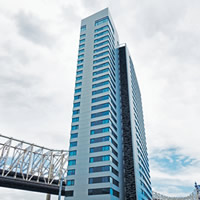
Diverse, innovative materials are available for the building envelope, adding impactful visual interest as well as energy efficiency to campus facilities.
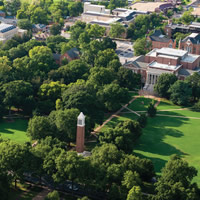
Colleges and universities can improve facilities management and maximize budget efficiency through comprehensive, campus-wide assessments.
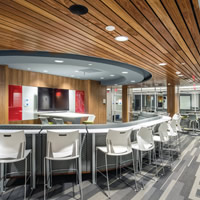
Personalized prefab is here. Really. Are you willing to try it?

How to make healthier cleaning work in educational facilities.
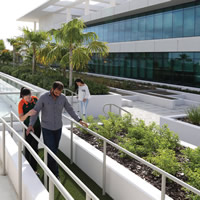
Unprecedented pressure heightens the importance of effective interaction between colleges and the cities they inhabit.

Here's a look at the technology with which the well-dressed police officer—and the officer's car—are equipped, to ensure the best possible outcomes when policing campus.
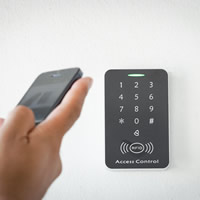
Today's world can be a dangerous for students, teachers and administrators. Here are some thoughts about preparing for the worst.
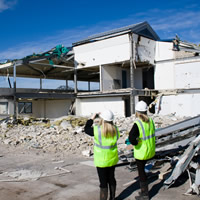
Often before a new building goes up, an old building must come down. These are the steps to a systematic, sustainable approach to demolition.

In this article, we explore lifecycle costs and vital factors to consider in order to make the most cost-effective choices for your facilities.

Campus administrative and office areas have requirements for flooring that differ from academic, residence hall, athletics, and other facilities. Here's what to consider for these working spaces.
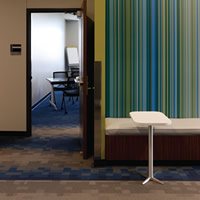
Creating learning environments that positively impact students.
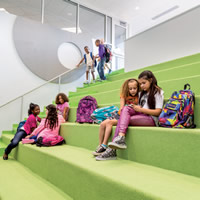
An alternative to new construction, renovation.

Creative adaptive reuse and retrofit projects are resulting in unique spaces for student living and learning.

Meeting cleaning expectations on campus involves various factors, from personnel to products and even artificial intelligence.

Walls and ceilings have evolved from flat white panels into attractive interior
design elements that contribute to educational quality.